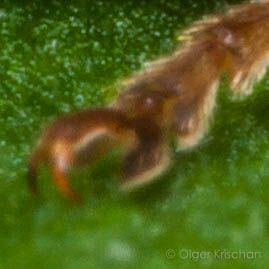Beetles from the Soldier beetles (Cantharidae) are regular visitors of the garden. This specimen from the Cantharis genus is Cantharis cryptica [1,2,3].
1. DISTRIBUTION
This a common beetle in the Netherlands.
2. BEHAVIOUR
Soldier beetles, both the adults and the larvae, are predators and hunt on insects and spiders [4,5], and also eat pollen and nectar. the larvae eat softbodied insects like larvae, caterpillars, maggots and grasshopper eggs [5,6]. Some also eat plants like grains, patatoes and cellery.
Once I had these big pot terrariums with beetles in the house, with the idea that they could live in them until their death and then be added to my insect collection. They were fed fresh flowers every day.
On a trip I found a pregnant female Cantharidae and it seemed a good idea to rear the eggs at home. That plan was not exactly well thought through as I had no idea yet that thee larvae also eat dead insects. Soon the mother was lost and it turned out later that she had burrowed shallowly under ground to lay eggs and die. After hatching the larvae crawled through the top soil layer and ate everything they found, including the nice beetles that hover above them and eventually expired. The brood resulted in a lot of larvae and eventually they ran out of food and turned cannibalistic.
3. RECOGNITION
The beetle, the male as well as the female, is 7-8 mm in size. The key characteristics for this species are:
- Last segment palp asymetric in form
- The wing covers (elytra) cover the abdomen completely.
- Filamentous antennae
- Base of the pronotum is sinuous, the sides rounded and the frontside is rounded towards the front
- Lobe on the tarsal claws (segment V)
- Tarsus segements III – V are split and lobed
- Red-yellow color covering the complete body
- Yellow-brown color on elytra and on the head behind the antennae
- Dark tops on the mid and hind tibia
This genus contains another species ‘Cantharis pallida‘ that strongly resembles this species. A difference that is visible on the photo’s are the hairs on the elytra [2]. In C. pallida these are densely and prostrate on the entire surface, in C. cryptica densely prostate short hairs are mixed with long erect hairs.
Literature
1 Family Cantharidae, Hackston M (2018) Key to the British genera and species of family Cantharidae (Coleoptera)








